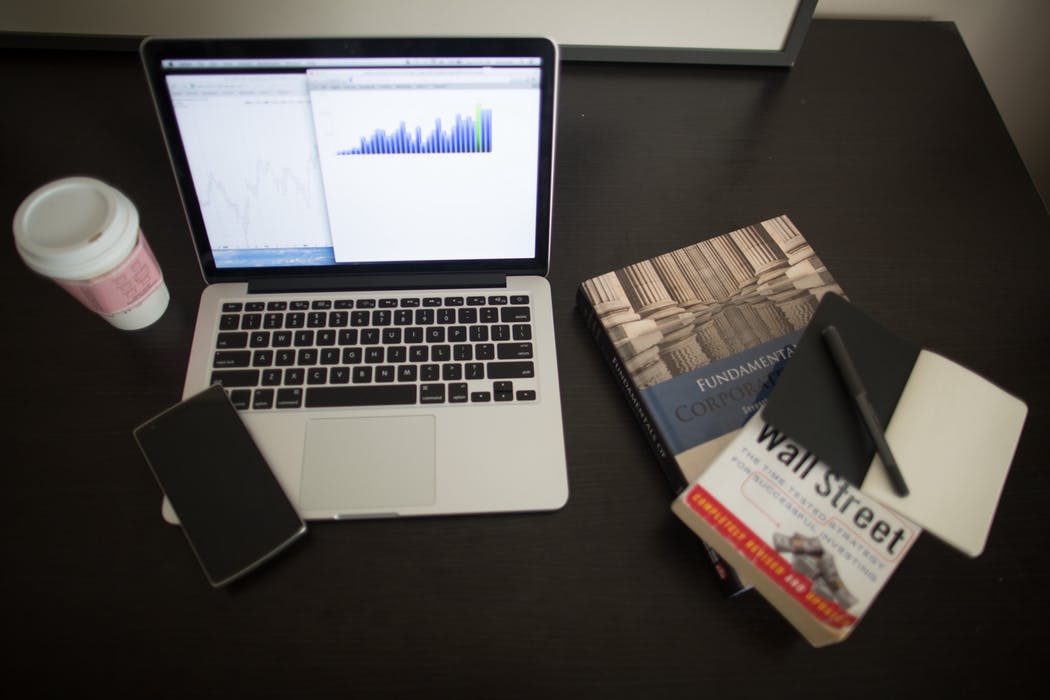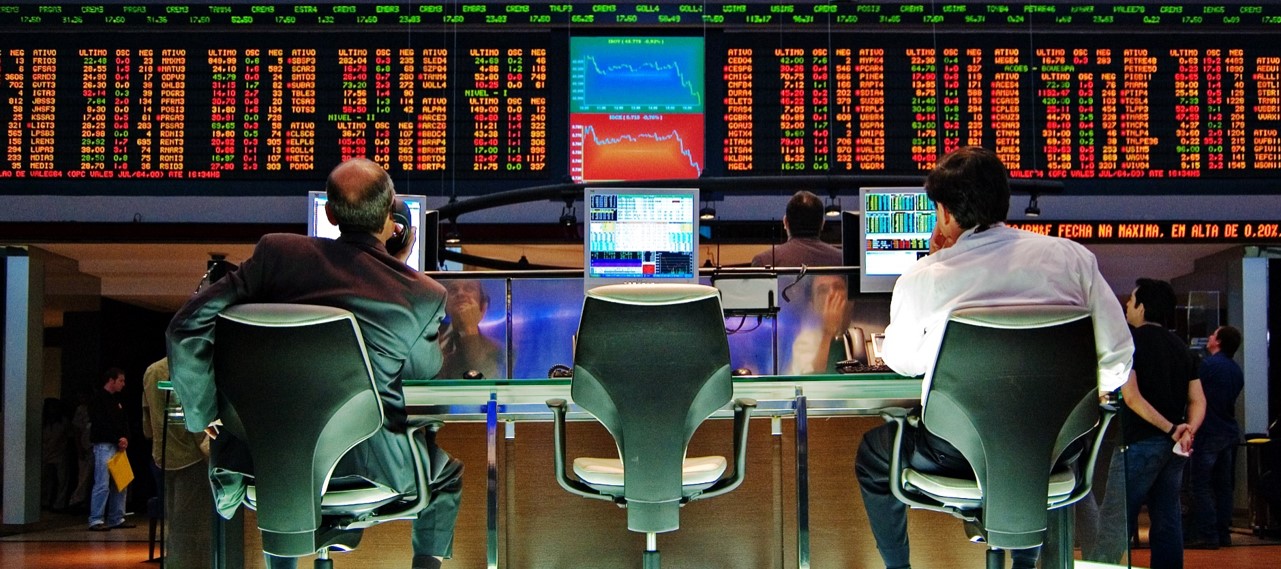Stock trading has numerous benefits as a viable part time occupation.
In contrast to a second job, there are no special qualifications to begin. The stock market doesn’t care about your level of success, education, ethnic origin or any personal characteristics. Complex employers, office politics or difficult employees do not play a part in trading. Additionally you have the freedom to trade from any location. If you follow a few simple rules you can run your business on your own terms.
The most important factor is to be clear about why you want to trade stocks. What do you hope to gain financially from learning to trade?
Are you looking to:
1. Create an enhanced lifestyle with supplemental income?
2. Replace a full time income with a passive income stream?
3. Become independently wealthy by creating a financial base independent of other income sources?
What would being a successful trader mean you? Imagine yourself making successful trades and gaining financially. Think about what it would feel like to have extra money in your bank account and to achieve your targets. With a clear picture of what you want and how that would feel you will be able to remain focused and motivated.
Your first task.
Your first task is to put one primary goal for your trading plan in writing. Additional goals you set can then support your primary plan.
Know Yourself
As well as learning to trade stocks it is essential that you understand yow you react under stress. Being aware of your own behavior patterns and common causes of and reactions to stress when trading will help you to master stock trading.
The reason that many people lose money in the stock market is because they lack the proper knowledge base. Independent of trading styles there is one thing common to all successful traders; the use of a tested and proven system.
In learning to trade you must be willing to let go of pre-formulated ideas and start fresh, develop new successful habits, and the discipline necessary to trade successfully over time.
Are you willing to do this?
Successful stock market trading eludes many people because they don’t have contact with an experienced, successful trader or trading system that actually works. Going it alone can be potentially expensive when learning by trial and error. Investing in a solid education and taking advantage of the insights and experience of successful trader makes a lot of sense when learning to trade successfully.




